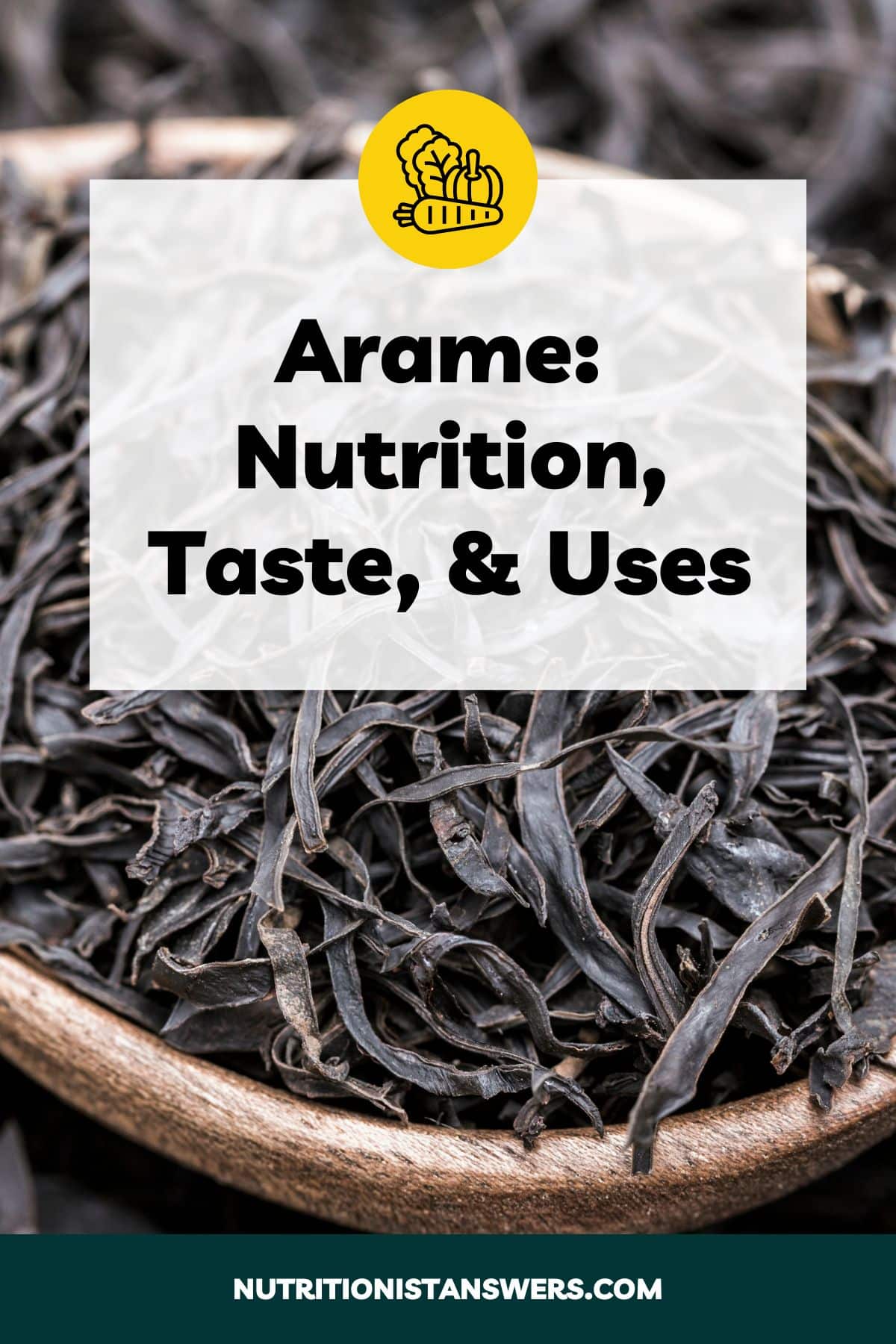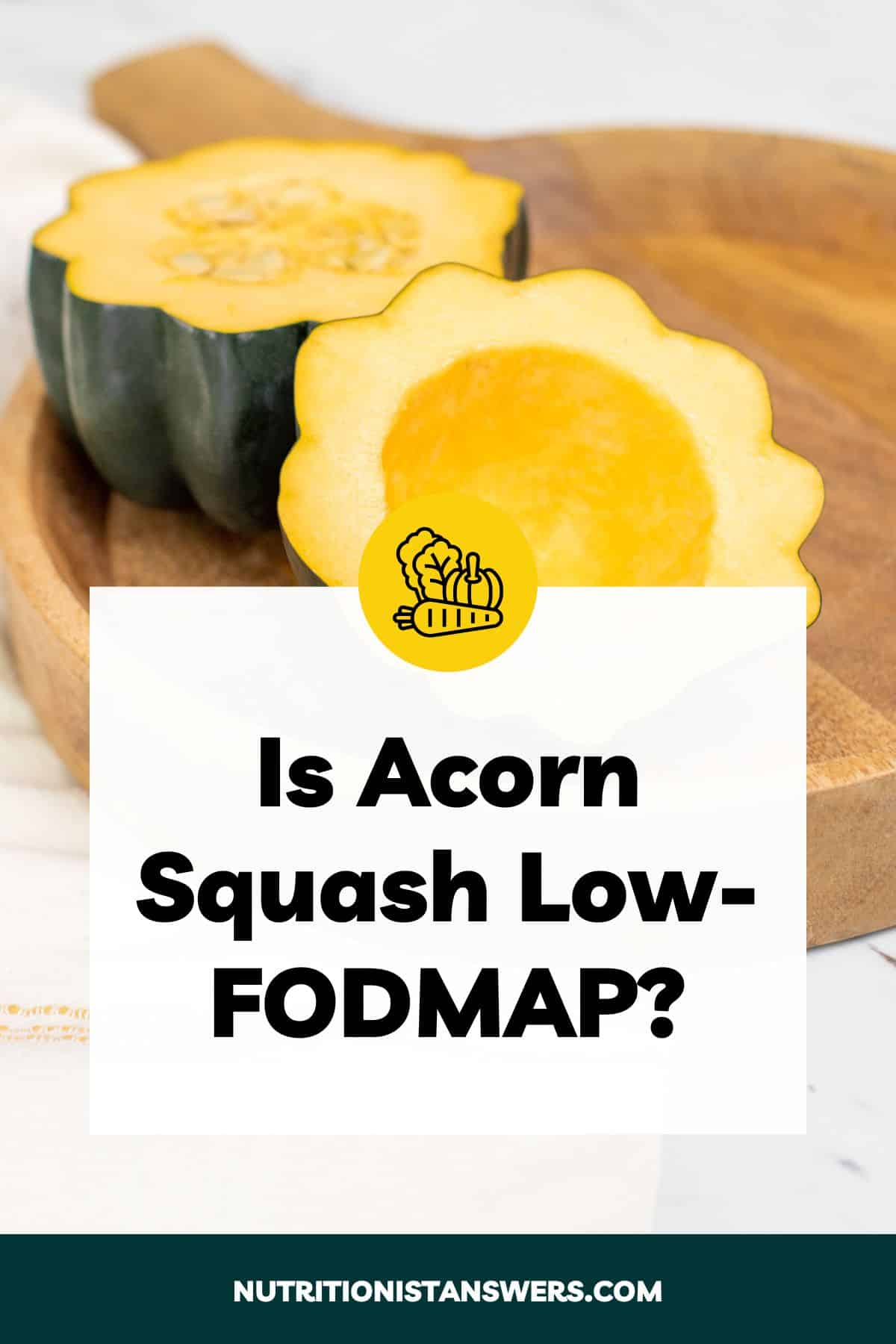Aji amarillo paste is a key ingredient in many Peruvian dishes and is used throughout South America.
In the United States, it can often be found at Latin grocery stores or purchased online. But what do you do if you can’t find any?
Don’t worry, there are a few great substitutes for aji amarillo paste that will give your dishes a similar kick of spice and flavor.

Please note that this article contains affiliate links. If you click one of these links and make a purchase, we may earn a commission. As an Amazon Associate, we earn from qualifying purchases.
What is aji amarillo paste?
Aji amarillo paste is a Peruvian condiment made from aji amarillo peppers that have been boiled, peeled, and blended with a splash of water or oil (1).
In Spanish, aji amarillo translates to “yellow chile pepper.” Despite its name, this vibrant pepper actually transforms from yellow to bright orange as it matures.
Aji amarillo is moderately spicy, measuring 30,000-50,000 SHU on the Scoville scale, and has a unique fruity flavor with notes of citrus and mango (2).
In the United States, you probably won’t find fresh aji amarillo unless you choose to grow your own from seed. Instead, it’s more commonly available in the form of aji amarillo paste, typically found at Latin grocery stores and online.
Aji amarillo paste is considered part of the “Holy Trinity” of Peruvian cooking, alongside garlic and red onions.
It is often used to make a creamy sauce, which can be drizzled over roasted meats, seafood, potatoes, and fried yuca or used as a dipping sauce instead.
Aji amarillo paste is included in many other popular Peruvian dishes, such as seco de carne (beef stew), papa a la Huancaina (potatoes in spicy cheese sauce), and arroz con pollo peruano (rice with chicken).
Best aji amarillo paste substitutes
If you’re in a pinch and don’t have any aji amarillo paste, the best option is to make your own paste using other peppers.
Thankfully, this is relatively easy to do with a blender or food processor and doesn’t require any ingredients other than whichever peppers you choose to use.
Start by cutting the peppers in half and discarding the seeds, then boiling in water for 5-10 minutes. After removing the peppers from the water and letting them cool, peel off the skin and blend until smooth.
Using this method will result in a flavor profile that is similar to aji amarillo and allows you to control the heat level by using milder or spicier peppers.
Simply follow the instructions above or use this aji amarillo paste recipe, and replace aji amarillos with one of the following substitutes:
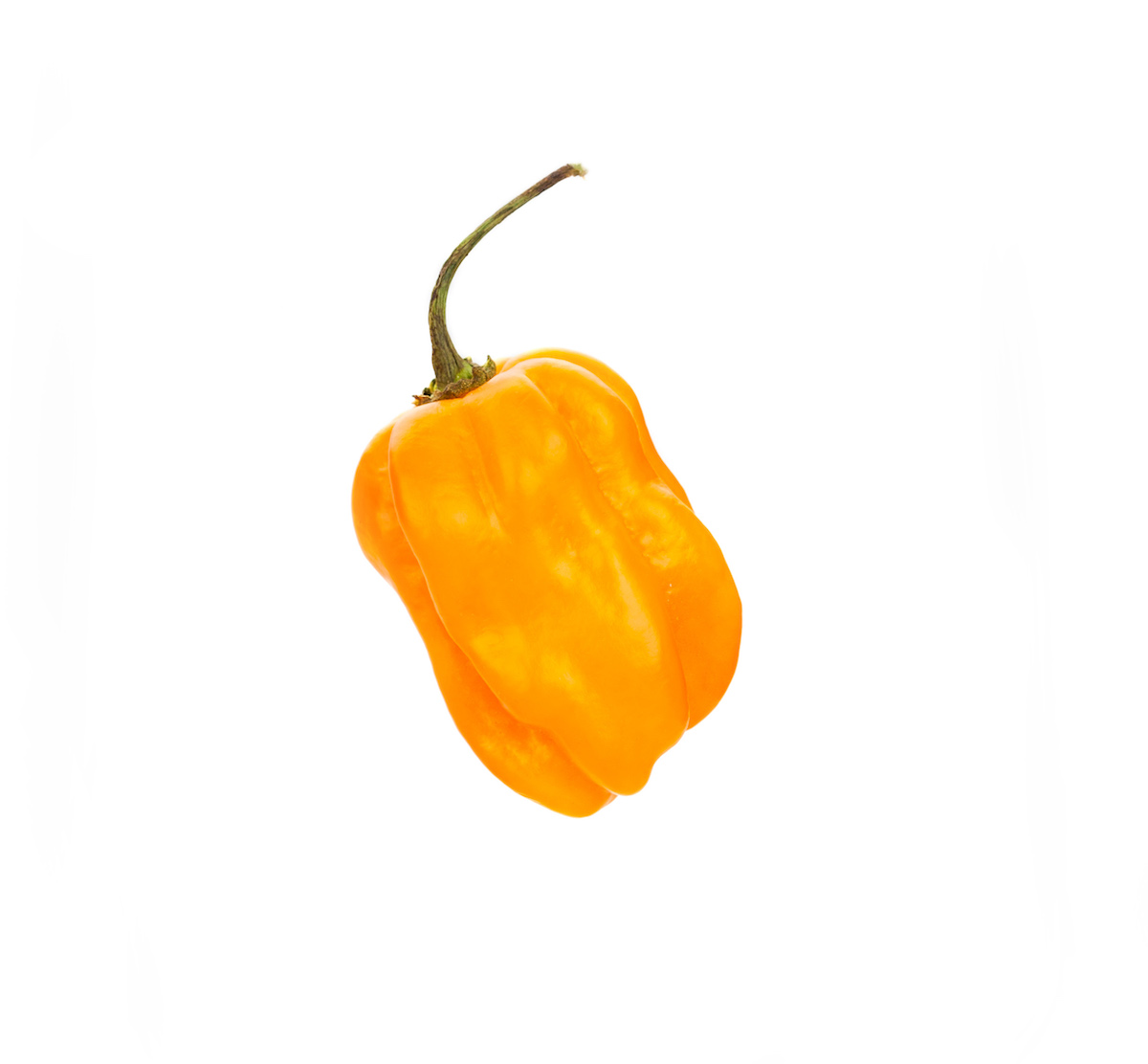
1. Habanero
Habanero peppers are native to South America and were once the hottest chile peppers in the world.
They have a slightly sweet, citrusy flavor and a bright orange color, but it’s their heat that makes them an ideal substitute for aji amarillos.
On the Scoville scale, habaneros measure 100,000-350,000 SHU, making them 3 to 12 times hotter than aji amarillos (2). Use them very sparingly if you’re not a fan of spicy food.
To tone down the heat, you can also try a combination of habaneros and yellow or orange bell peppers in your pepper paste.
While not as widely available as bell peppers, habaneros can still be found at most supermarkets, as well as Latin markets and specialty produce stores
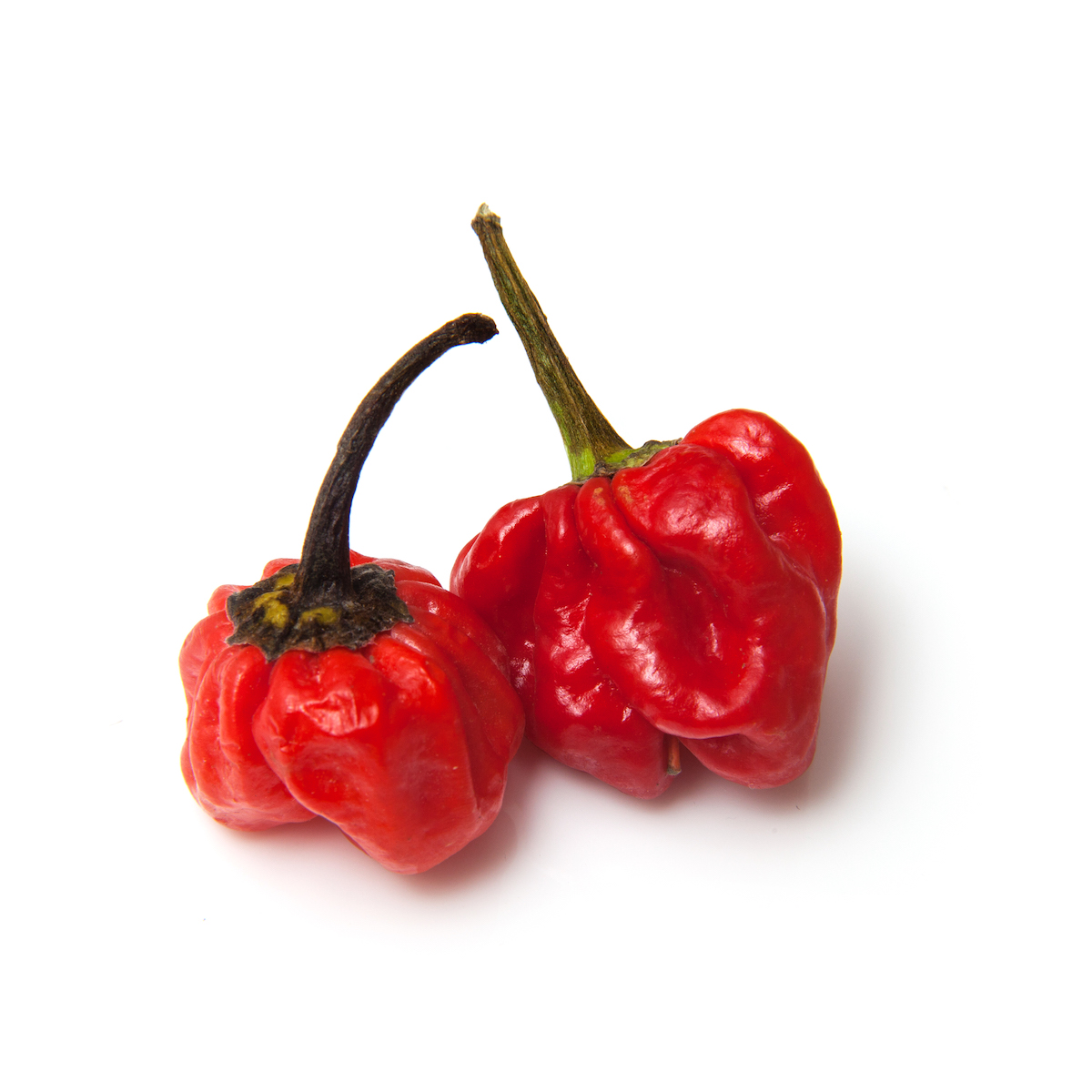
2. Scotch bonnet
Scotch bonnet peppers are a variety of chile pepper commonly used in West Africa and the Caribbean.
They measure 125,000-300,000 SHU on the Scoville scale and have a fruity, citrusy flavor similar to aji amarillo (2).
These peppers are 4 to 10 times hotter than aji amarillos but provide the same vibrant yellow-orange color.
Similar to habaneros, you’ll likely want to use Scotch bonnets sparingly when making your pepper paste. You can always balance out the heat with some bell peppers.
Depending on where you live, Scotch bonnet peppers can be tricky to find. Check for them at supermarkets and African and Caribbean food markets.
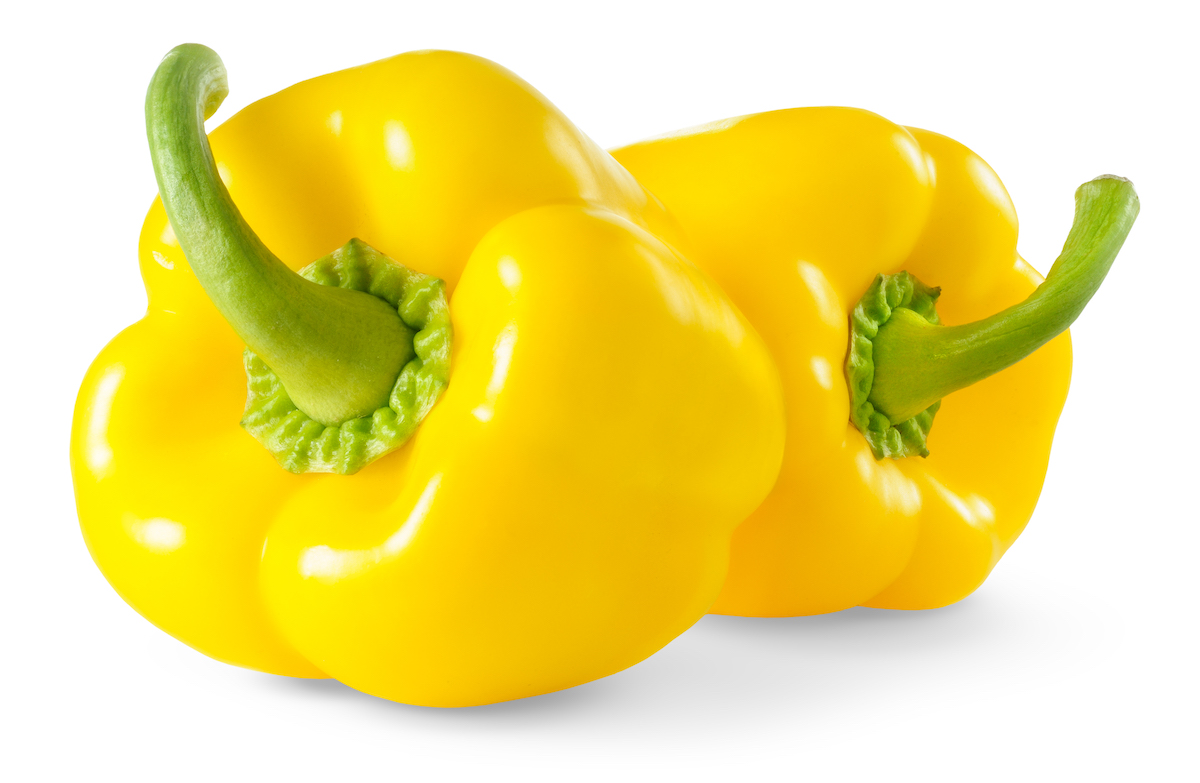
3. Bell pepper
Bell peppers are a type of sweet pepper that ranges in color from green to yellow, orange, or red.
They can be found at just about any grocery store and serve as a great aji amarillo substitute for people who don’t like spicy foods.
Bell peppers have a mild, sweet and fruity flavor that’s similar to aji amarillos, but they lack any spiciness. On the Scoville scale, they measure 0 SHU (2).
To achieve the same vibrant color as aji amarillo paste, make sure to use yellow or orange bell peppers.
If you only have access to bell peppers but still want a little bit of heat, add a pinch of cayenne or a dash of hot sauce.
Other substitutes
Some websites suggest using turmeric, paprika, or sumac as substitutes for aji amarillo paste.
While these substitutes may be similar in color, they’re not a great match for aji amarillo’s unique flavor and are likely to clash with other flavors in recipes that call for aji amarillo paste.
We recommend sticking to sweet or chile pepper-based substitutes instead.
Final thoughts
Aji amarillo paste is a versatile and flavorful condiment made from aji amarillos, a type of yellow chile pepper. It is commonly used in Peruvian cuisine.
If you don’t have any aji amarillo paste on hand, the best substitute is to make your own simple pepper paste using yellow or orange bell peppers, habaneros, or Scotch bonnet peppers.
This will give you a paste that’s similar in flavor and color to aji amarillo paste, without compromising the taste of your dish.
Amy Richter is a Registered Dietitian Nutritionist based in Missouri. She is an experienced nutrition writer and medical advisor for Healthline and Medical News Today. Amy is passionate about all things food-related and enjoys translating complex science into easy-to-understand articles.



